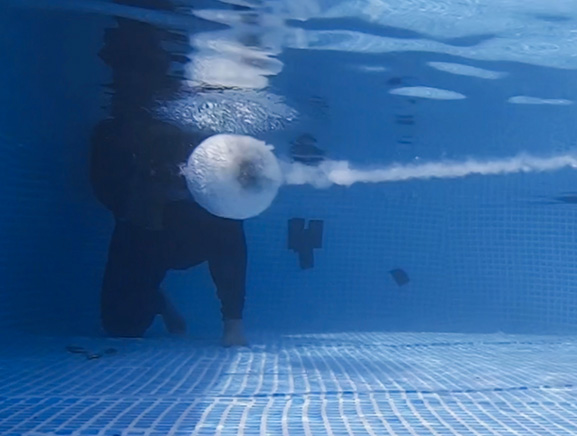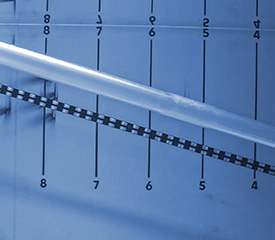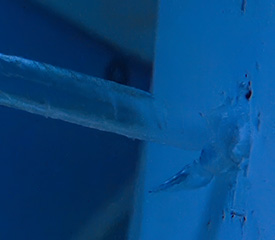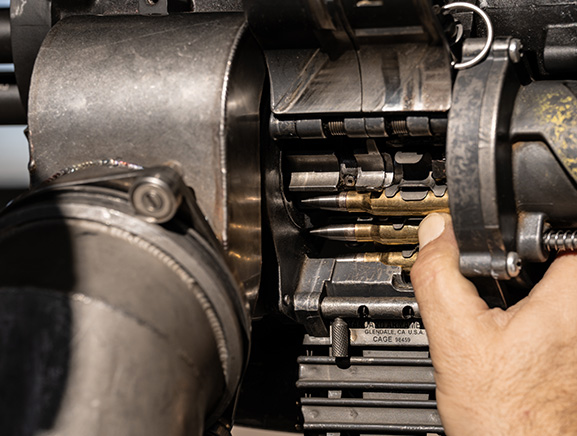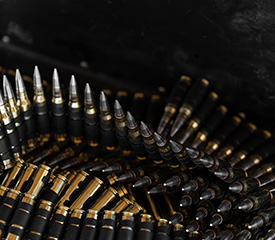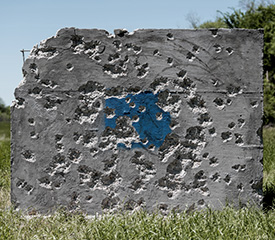About dsg
The new standard in precision, lethality, and versatility.

DSG designs and delivers doctrine changing projectiles and technologies. A nimble, innovative business, who has become a trusted partner of those that need rapid results.
DSG's XMP and CAV-X are a new class of patented ammunition that exceeds performance requirements previously thought to be beyond the limitations of small-caliber projectiles.
DSG's current management team has completely transformed DSG's decade-long R&D in super cavitation and penetration into a field-ready capability.
Our team prioritizes quality, trust, and the end user requirements to implement our vision of bringing the most lethal and capable ammunition to the modern front line.
REVOLUTIONIZING SUB-SURFACE THREAT ELIMINATION
With its ability to engage open-air, submerged, and semi- submerged targets, DSG's CAV-X is the world's first true Multi-Environment Ammunition™. The applications for warfighters have been expanded exponentially, including targeting combat divers and engaging underwater targets from aerial platforms.
CAV-X projectiles maintain accuracy and lethality through water, delivering terminal ballistics many meters beneath the surface.
CAV-X can be fired: Air-to-water | water-to-water | water-to-air
The projectile’s unique engineering also allows it to be fired into the water from any angle, without deflection, mitigating the risk of ricochet and collateral damage in congested maritime environments.
TURNING COVER INTO CONCEALMENT WITH DEVASTATING EFFECTS
The advanced composition and ballistic profile of DSG's XMP delivers unprecedented penetration, consistent performance, and superior stability.
XMP's composition and stable supersonic, trans-sonic, and subsonic flight is changing the definition of cover and protection. Methods and materials once thought to provide protection against standard projectiles are completely outmatched by XMP. This creates massive psychological implications, especially for advanced enemies utilizing body armor.
XMP offers immediate weapon system compatibility, enhancing the scope and capability of current equipment to include anti-materiel functionality. Zero modifications required.
DSG's XMP solution conserves budget, shortens timelines to deployment, and produces an exponential force-multiplier in efficiency and effectiveness of current headcount and systems.
Contact DSG
916 113th St.
Arlington, TX 76011
info@dsgtecusa.com
© 2024 DSG Tec USA. All rights reserved. Please note that DSG will only sell ammunition to military and law enforcement customers. We do not sell to the public.

